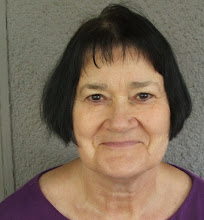Today I was editing a chapter in a non-fiction book on aging. The chapter, on family communication, included a lot of reported (also called indirect) speech. "The wife reported that she...., but the husband disagreed and said..." For an occasioanl sentence, this works okay but this paragraph reported a whole conversation between this couple and their adult children. I suggested to the author that she create a small scene and use actual dialog, even though she might have to recreate it.
In nonfiction, dialog can help the examples feel more like a story, feel more alive and realistic. And an author can use them to the same good effect that fiction writers do.
But be wary of dialog that is used for its own sake or just to break up the page. Dialog should be used for two things: to convey information through an individual's voice (case study, fictional character) and to acquire information (fictional character as tool of author or nonfiction author asking questions of her reader).
Readers love scenes. We are all so habituated by tv and the movies that we get most of our information that way. Use them to your advantage.
Tuesday, August 24, 2010
Subscribe to:
Post Comments (Atom)


No comments:
Post a Comment